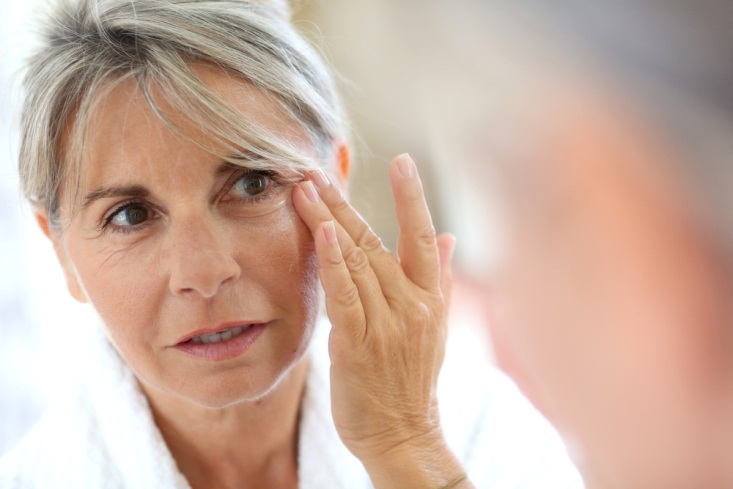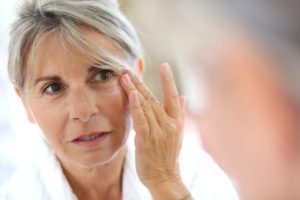What Wrinkles Really Mean: Visible Aging and Your Heart Health

 The wrinkles you see on your face and body are more than a sign of old age and wisdom. It may surprise you to learn that your wrinkles can be signs of deeper issues that affect your heart and cardiovascular system.
The wrinkles you see on your face and body are more than a sign of old age and wisdom. It may surprise you to learn that your wrinkles can be signs of deeper issues that affect your heart and cardiovascular system.
Consider this research:
1. Research findings. Researchers from Denmark found that wrinkles, in some cases, can indicate heart health issues.
- The study, which was discussed at the American Heart Association conference, reveals that visible aging can be a sign of other health issues. Your external looks can be linked with internal concerns.
- In general, cardiovascular issues tend to be the silent killers that no one notices until it’s too late. This has encouraged researchers to look for signs and clues that can help.
- Visible aging appears to be an important clue to what is happening inside your body.
2. External appearances. You may have been taught not to judge people by their looks and to focus on their character. However, researchers are learning that your looks shouldn’t be ignored.
- Studies show that people with fewer wrinkles also tend to have lower blood pressure and a lower risk of heart issues.
- Researchers aren’t sure why having more wrinkles increases heart issues, but they suspect it may be linked to the overall aging of your body. Your cells inside and outside age and get weaker over time. The cells in your heart are also affected.
- In addition, studies show that oxidative stress can damage cells and external appearances. It can also affect your heart. This means that people with oxidative stress are more likely to have wrinkles and poor heart health. Although not everyone with extra wrinkles should worry about their heart, it’s important to get regular checkups.
3. Creased earlobes.The wrinkles on your face shouldn’t be your only concern. Several studies have confirmed that a crease in your earlobe can indicate a higher risk of cardiovascular issues. The crease tends to be at the bottom of your earlobe and can be deep.
- It may even look as if your earlobe is split into two because of the crease. This wrinkle isn’t visible in everyone, and researchers have found that people who have it tend to have more heart issues. The crease is sometimes called Frank’s sign.
4. Yellow deposits. Do you have small yellow bumps or deposits under your eyes? They may look like annoying little bags or circles. They’re usually round, but they can be in other shapes. These deposits are sometimes called xanthelasma.
- Unfortunately, they can be a sign of high cholesterol and a higher risk of heart disease, so it’s a good idea to get your cholesterol checked, too, when treating them.
5. Concerns and next steps. If you’re worried about the wrinkles on your face and body, then it’s important to speak to your doctor.
- Get regular exams and checkups to ensure optimum heart health.
- Pay attention to your body and be aware of any changes. Eat a healthy diet. Exercise is another important factor in avoiding heart disease.
- It’s crucial to learn the signs and symptoms of a heart attack and stroke. You want to be prepared if you or a loved one starts to suffer from these issues.
Your wrinkles can be signs of heart disease. Be proactive if you see signs of the aging process and seek advice from your doctor. Alleviating these health issues at the outset can ensure that you remain active and healthy well into your golden years.
CLICK HERE to Explore/ Our Free Online Courses
Responses